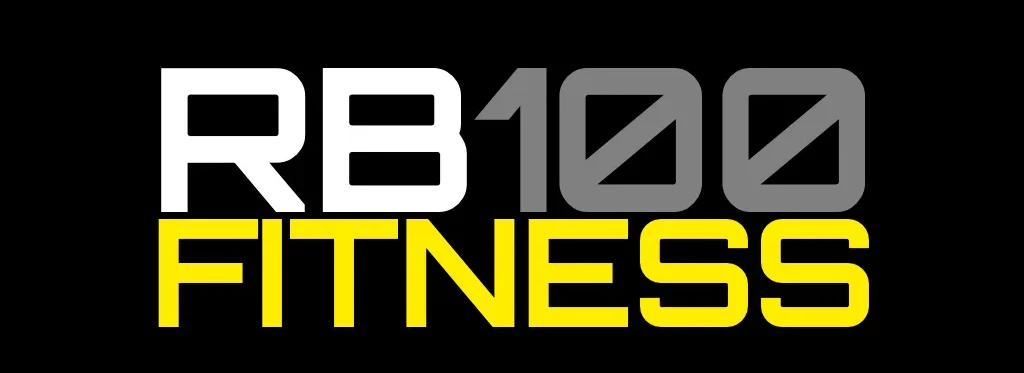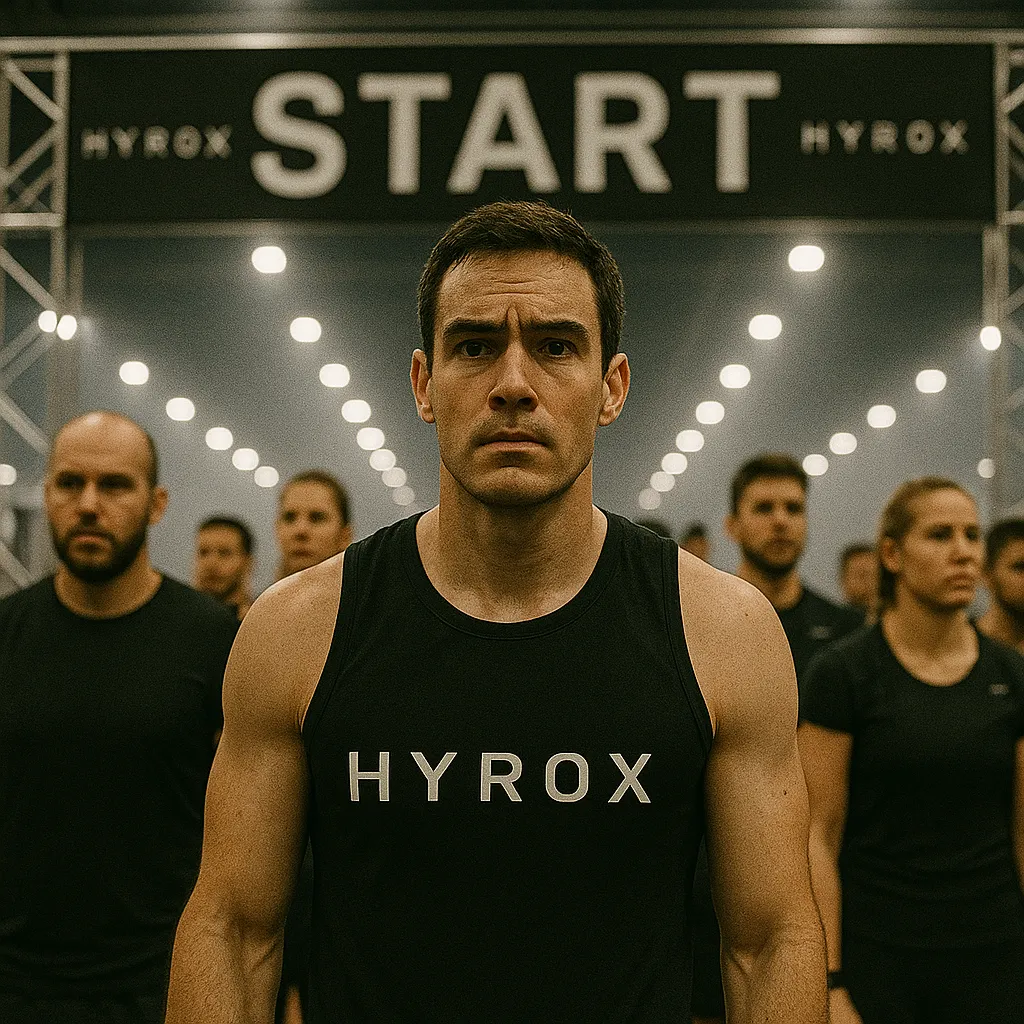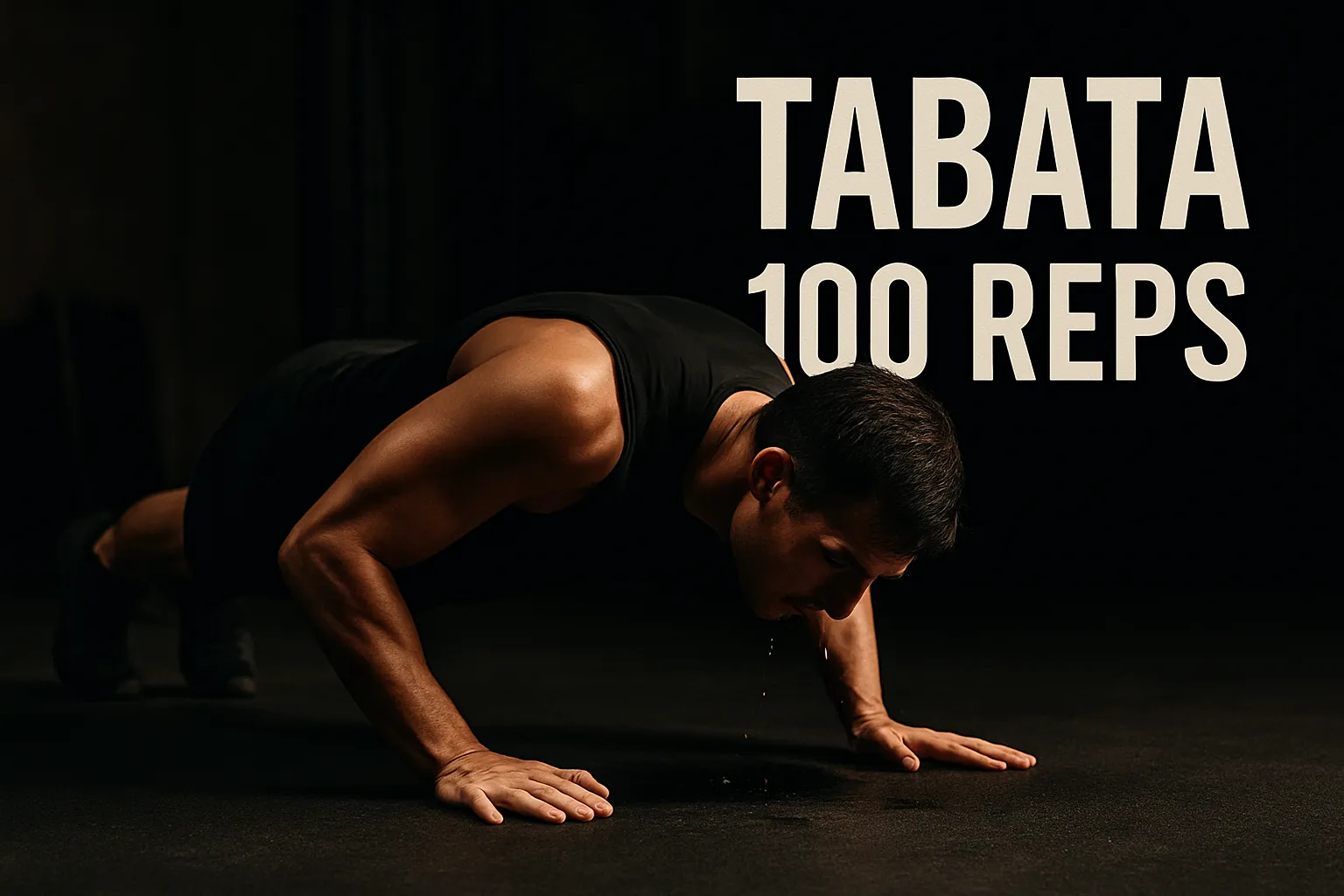If you’ve seen a HYROX race before, you’ve probably thought: that looks brutal.
And you’re right — it is. But here’s the truth most people miss: HYROX isn’t about being elite, it’s about being consistent.
As a coach, I’ve seen everyone from 50-year-old first-timers to world-class athletes take on this event — and the difference between finishing strong and falling apart isn’t talent or genetics. It’s training smart, pacing properly, and trusting the process.
Let’s get into how you go from couch to your first HYROX finish.
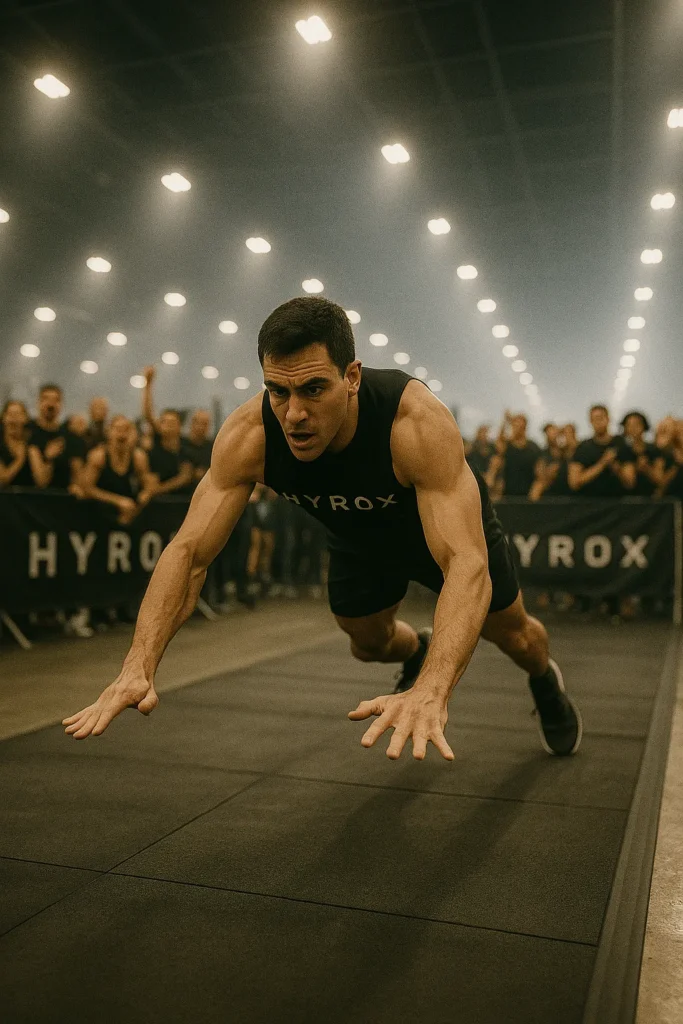
1. Understand the Race Format
Before we talk training, you’ve got to understand what you’re signing up for.
HYROX is eight rounds of 1km runs, each followed by a functional fitness station:
- SkiErg
- Sled Push
- Sled Pull
- Burpee Broad Jumps
- Row
- Farmer’s Carry
- Sandbag Lunges
- Wall Balls
It’s a test of engine, strength, and grit — but every movement is scalable and learnable. You don’t have to master everything at once.
“HYROX rewards preparation, not perfection.” — Coach Grimmy
2. Build Your Base (Weeks 1–4)
Your first month is all about getting the body used to work again.
Start with three sessions a week:
- Two conditioning sessions (think running, SkiErg, or rowing)
- One full-body strength session (squats, push-ups, deadlifts, carries)
Focus on movement quality and consistency, not intensity.
If you can’t run 1km comfortably yet — walk, jog, or mix intervals. Progress, not pride, is what counts early on.
3. Develop Hybrid Fitness (Weeks 5–8)
Now we start to blend strength and cardio — the essence of HYROX.
You’ll train 4–5 days per week:
- 2x strength days
- 2x run or engine conditioning days
- 1x HYROX-style workout (a mix of both)
Example session:
- 3 rounds: 500m SkiErg + 15 wall balls + 400m run + 10 burpees.Keep rest short and breathing controlled.
At this stage, learn to transition quickly between exercises. That’s where minutes are gained or lost on race day.
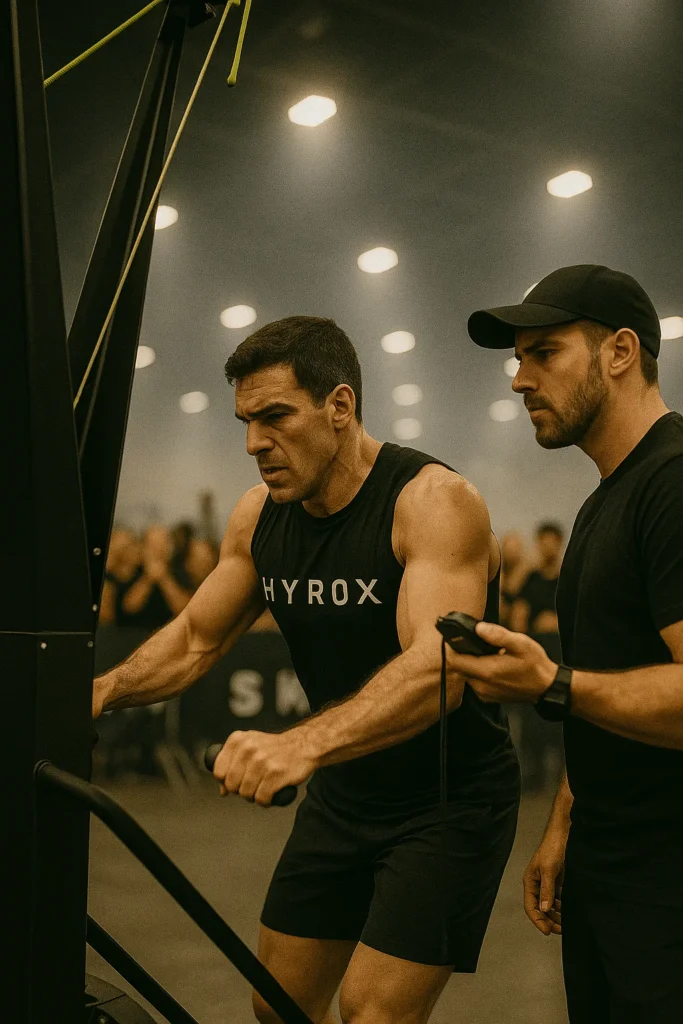
4. Simulate the Race (Weeks 9–12)
Your last four weeks are about specificity and mindset.
Do one HYROX Simulation each week — 8 runs and 8 workouts at reduced volume or lighter weights.
It’ll teach you when your body starts to fatigue, when to push, and how to recover on the move.
Practice your pacing strategy, especially after the sleds. (Check out my HYROX Pacing Guide if you missed it.)
5. Nutrition and Recovery
Your engine only runs as well as you fuel it.
Eat real food, hydrate like an athlete, and prioritise sleep.
For many of my athletes, recovery is where the biggest breakthroughs happen. Don’t skip it — it’s training, too.
Read this recovery piece on Wellbeing Magazine
6. The SISU Mindset
When the sleds feel heavy and the wall balls don’t end, you’ll need more than strength. You’ll need SISU — that Finnish word for grit, determination, and inner toughness.
It’s not about feeling good every session. It’s about showing up, especially when you don’t.
Because when race day comes, and you hear that starting horn, you’ll know — you’ve earned every metre.
